I've written a lot about how people should not overspend on the motherboard when building a PC. Motherboard manufacturers love to market features that are nothing more than gimmicks, and most people don't need to spend more than $200 on a DDR5 motherboard today. However, there's a lot more that can be said about exactly how marketing traps you into spending just a "little bit" more on the motherboard — the most important component to future-proof a PC.
5 "Gaming" branding just for the heck of it
If it's gaming, it must be good
Gaming is still one of the biggest passions of motherboard manufacturers, or so it seems from their marketing. Everyone seems willing to pay extra whenever they slap the word "gaming" next to a model name or a regular feature, so why should they stop doing it? Despite nearly every mid-range motherboard being perfectly capable of powering a modern gaming PC, brands will do everything in their power to convince you to shell out more for "gaming" edition boards.
Some of the worst cases of gamer-oriented marketing are used to sell "Gaming LAN" or "Gaming audio" features on motherboards. Brands claim things like optimized networking, studio-grade audio, and 7D audio to make their products seem more premium than they are. Many of these "gaming" features are simple tweaks that any user can do themselves once they've assembled their PC. Brands like to position them as revolutionary additions in an attempt to charge more for customers.
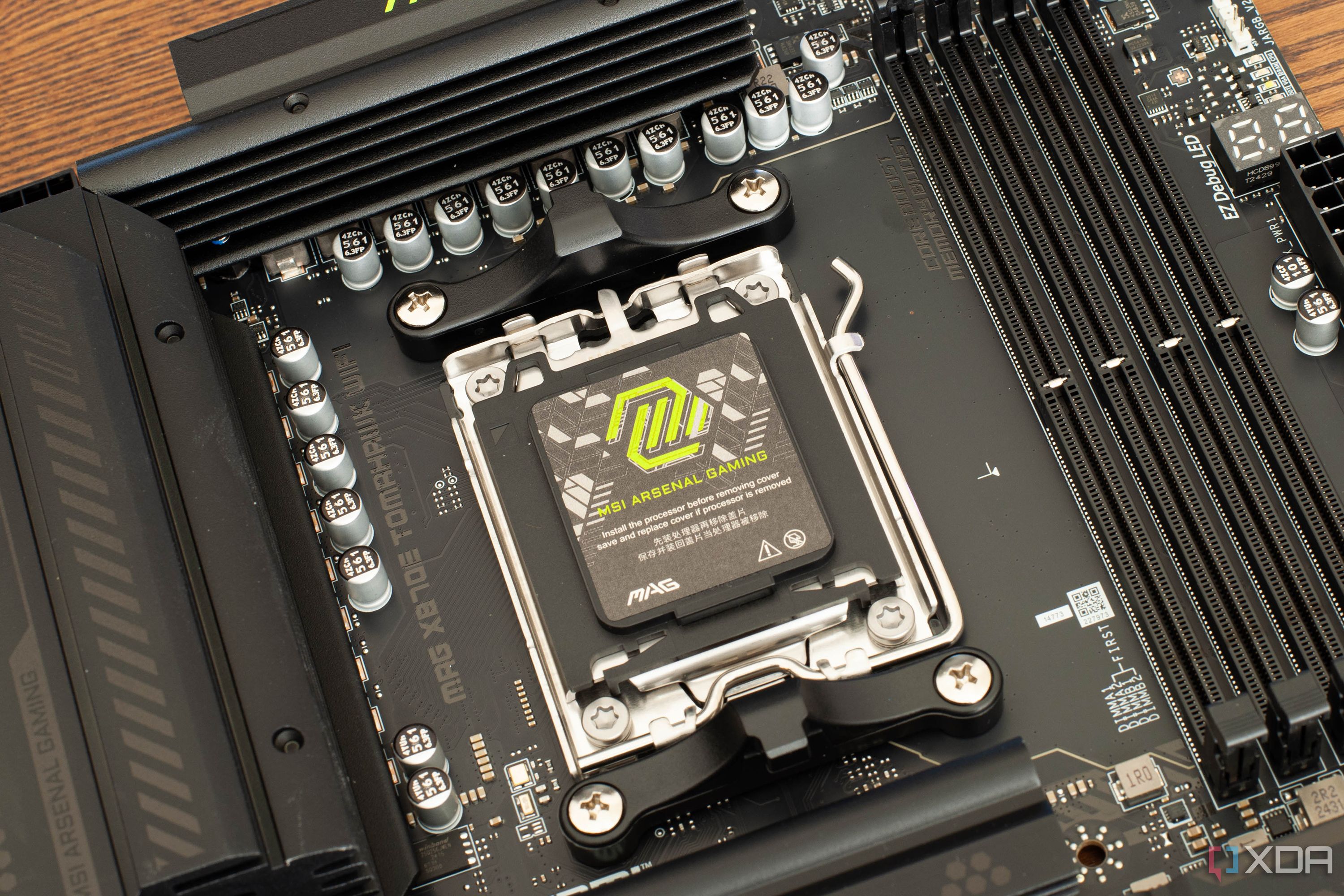
Related
6 “gaming” features on motherboards that are just marketing
These gaming features on your gaming motherboard might not be doing anything at all
4 Cosmetic additions disguised as premium build quality
You know you've fallen for it
I've seen more than my fair share of cheap or budget motherboards posing as premium offerings by using merely visual tweaks that add nothing to the functionality. These can be giant flashy VRM heatsinks without a decent power delivery solution underneath, reinforced PCIe slots marketed as "Armor" or other gibberish, and countless logos plastered on the board to convey premium build quality that isn't really there.
RGB lighting is yet another area used to target gamers and beginners who unknowingly associate it with quality and performance. Motherboard brands also like to overemphasize pre-installed I/O shields, "server-grade PCBs," and overkill M.2 heatsinks that aren't all that important for performance or stability.
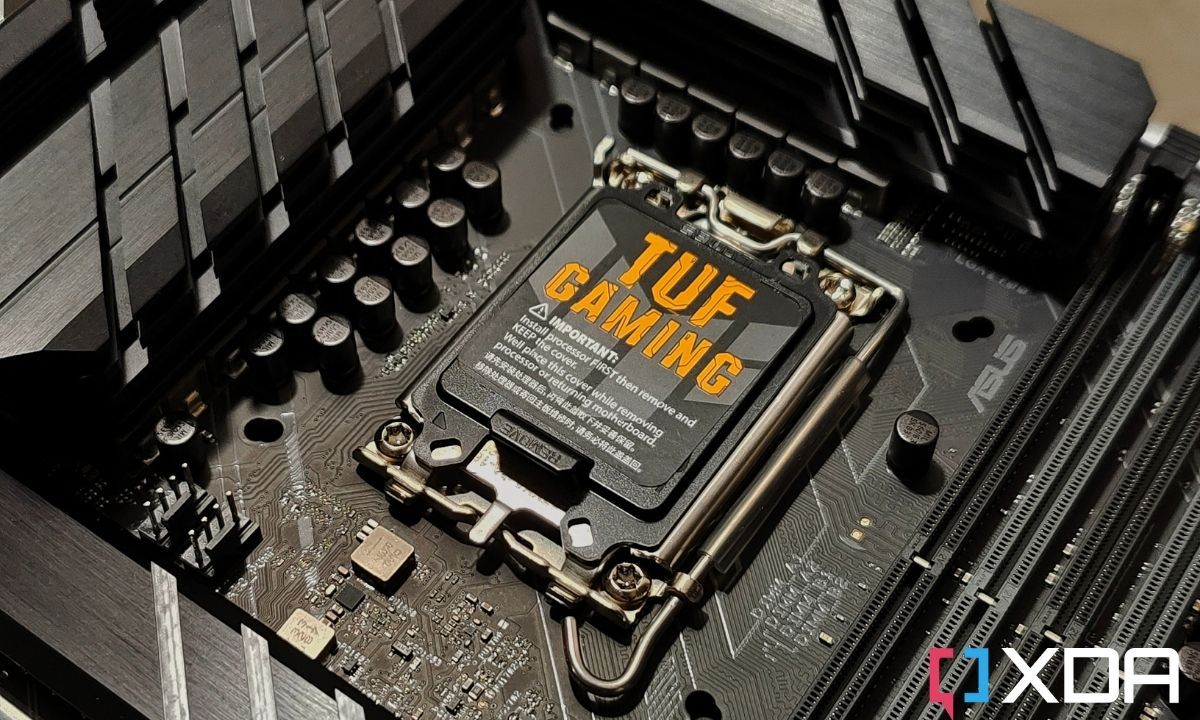
Related
6 PC hardware branding terms that mean absolutely nothing
PC hardware is flush with meaningless terms that translate to no real benefits
3 Overhyped next-gen features
Who's ready for Wi-Fi 7?
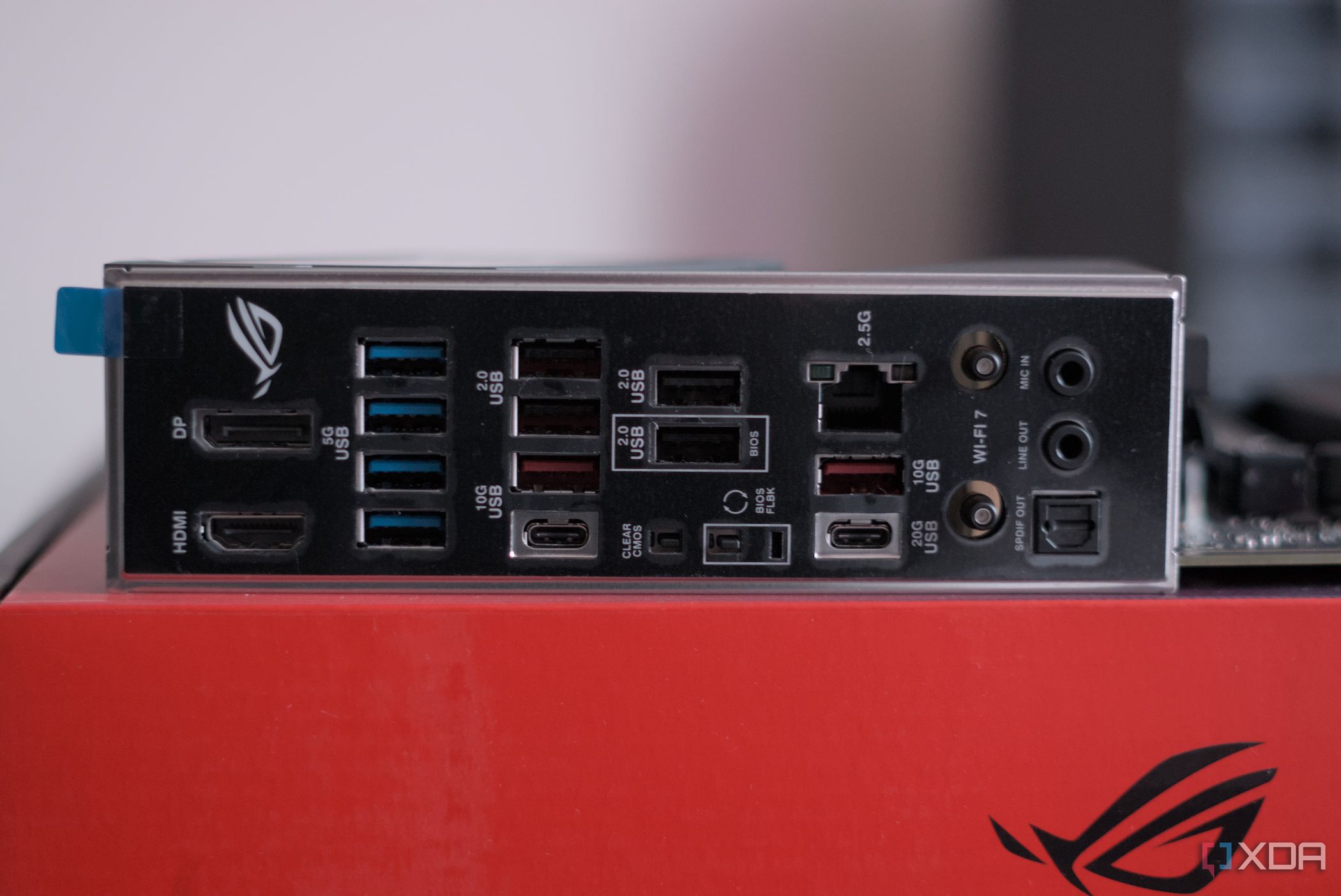
Besides making cosmetic tweaks to motherboards, manufacturers also love to overhype genuine features whose usefulness is still far in the future. Visit the product page for any high-end motherboard, and you'll spot the usual marketing blurbs around Wi-Fi 7, 10 Gbps Ethernet, and PCIe 5.0 for graphics. Even multiple Gen5 M.2 ports are marketed as if everyone is dying to install four PCIe 5.0 SSDs on their motherboards.
Many of these features might not technically be "next-gen," since they're already here, but their usefulness is still questionable. After all, most people don't have Wi-Fi 7 routers and devices in their homes, don't need more than 1Gb or 2.5Gb Ethernet, and can run their GPUs on good-old PCIe 4.0 slots. If you're about to fall into the trap of future-proofing your system by overpaying for these mostly needless features, think again.
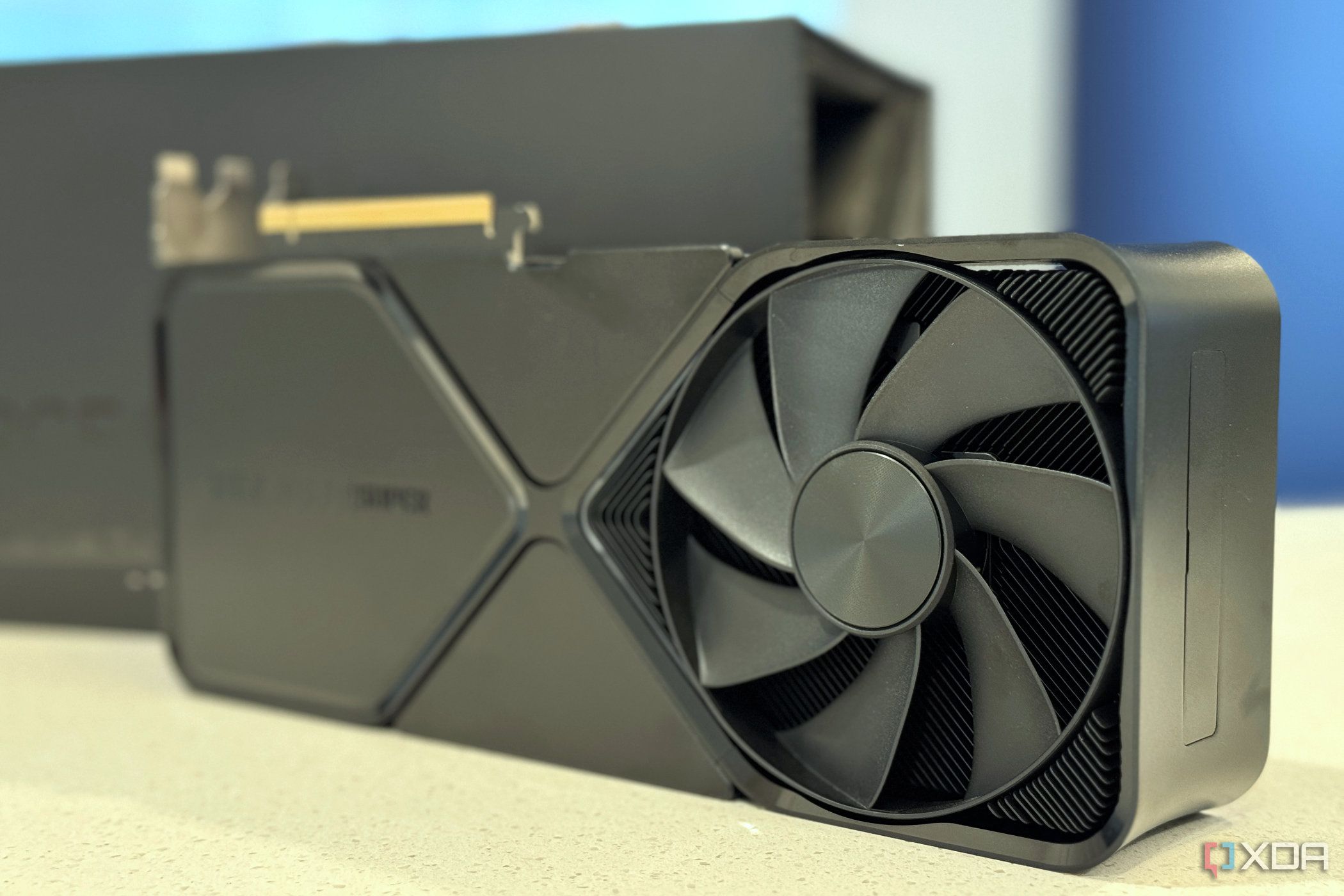
Related
8 gaming PC myths that trick you into overspending on your build
Old and new myths about PC building can trick you into blowing your budget on parts you never really needed
2 Half-truths and misleading claims
The bread and butter
Needless next-gen features are one thing, but motherboard brands also tend to hide the complete picture when it comes to current-gen features. For instance, you might see DDR5-8000 support being advertised on a motherboard, but there's no guarantee your 8,000MT/s memory kit will even work with your CPU-motherboard combo. Most Ryzen systems can't manage more than 6,000MT/s without risking stability, with Intel only doing slightly better.
Next, terms like AI overclocking, AI noise cancelation, AI cooling, and AI networking are thrown around with reckless abandon in hopes of catching unsuspecting fish, i.e., less tech-savvy consumers. You can basically ignore AI-powered anything on consumer hardware, at least for now. And terms like "military-grade components" and "VR-ready" don't mean anything. Most decent motherboards are durable and VR-ready — all it takes is enough ports to connect your PC and VR headset.
1 Convincing "enthusiasts" to spend more than they ever should
Are you not enthused?
Motherboard manufacturers are constantly trying to convince consumers that they're "die-hard enthusiasts" or "extreme gamers," just so they're more willing to overspend on high-end SKUs. No one needs the 24-phase VRM solution, "Dynamic OC switcher," or "Nitropath DRAM technology" that they're peddling to almost everyone. Even the motherboards marketed to "creative professionals" are nothing but the same boards with a fresh coat of paint.
LCD screens, USB4 ports, and bloated software suites are things most people can do without, even for the next few years. These brands have a large portion of consumers convinced that they truly need these over-expensive, overbuilt motherboards for their home labs, professional rigs, or even high-end gaming PCs. The truth is that you don't need to spend more than $300 on a motherboard if you really want to push your high-end components to the limit.

Asus TUF Gaming X870-Plus WiFi
$243 $280 Save $37
The Asus TUF Gaming X870-Plus WiFi is a premium motherboard that provides you with a 19-phase VRM solution, 80A power stages, enlarged heatsinks, and all other high-end features that most enthusiasts need.
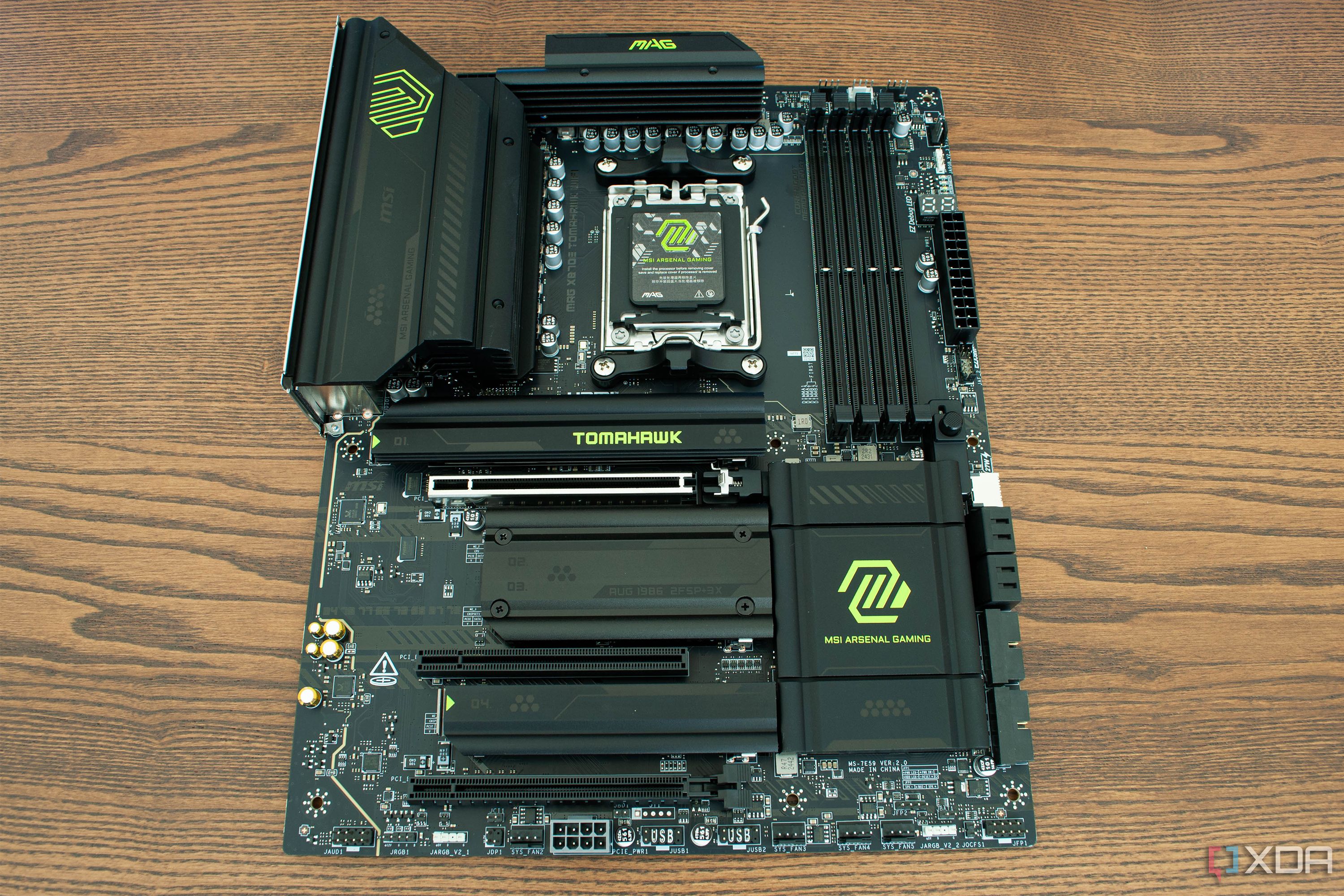
Related
I've been overspending on motherboards for years. What I learned from MSI's latest MAG X870E board
MSI's latest MAG X870E board has taught me that we're all probably overpaying for higher-end motherboards that we don't really need.
Focus on the real features, not the fluff
Just like any other consumer product, motherboards will always be accompanied by overhyped features, misleading marketing, and "gamer" advertising. What you need to keep in mind when buying a motherboard is what features make sense for your needs, and what's simply there to grab more money from you. Once you're clear on the fluff, you'll be able to choose the right motherboard for your PC.
.png)
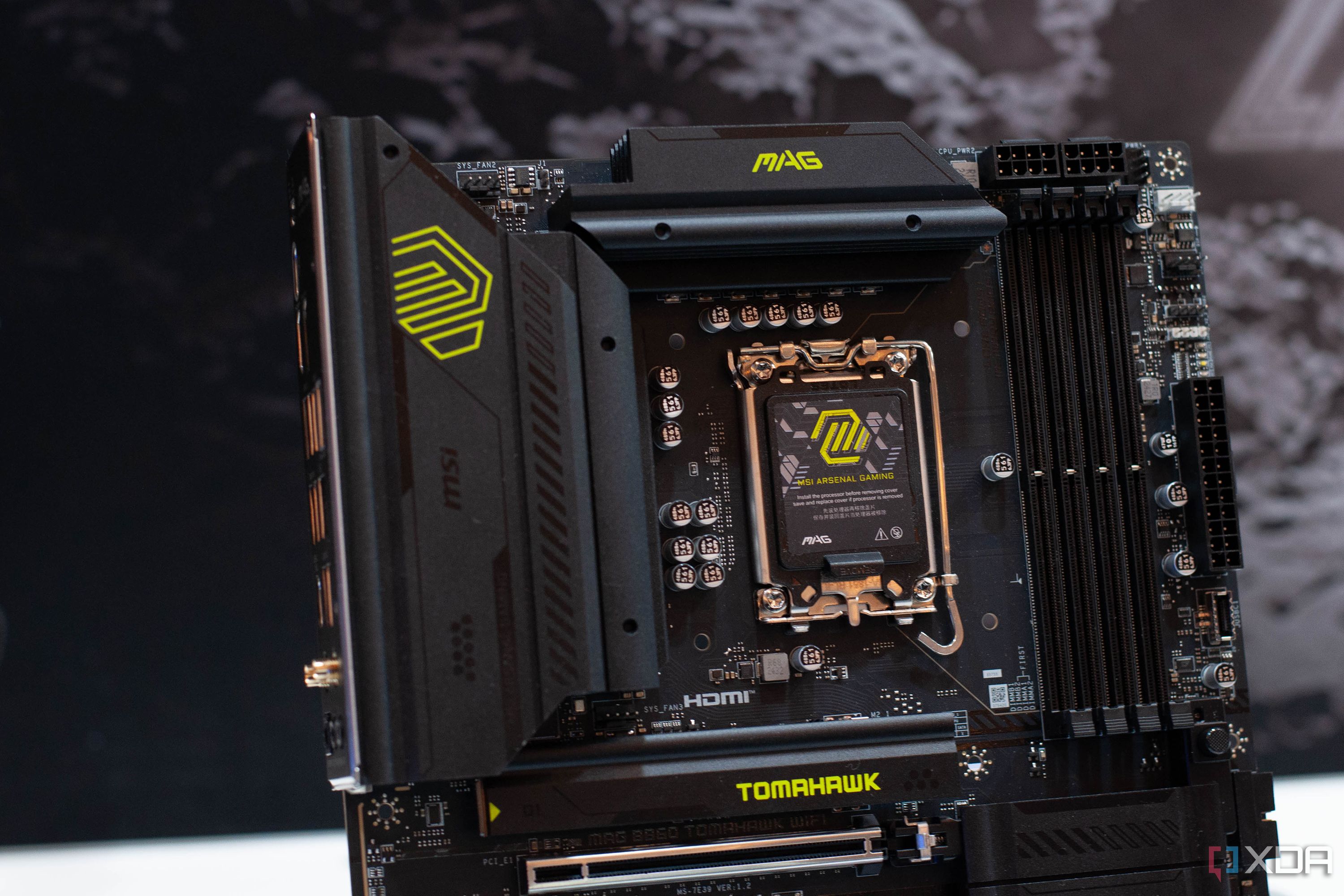
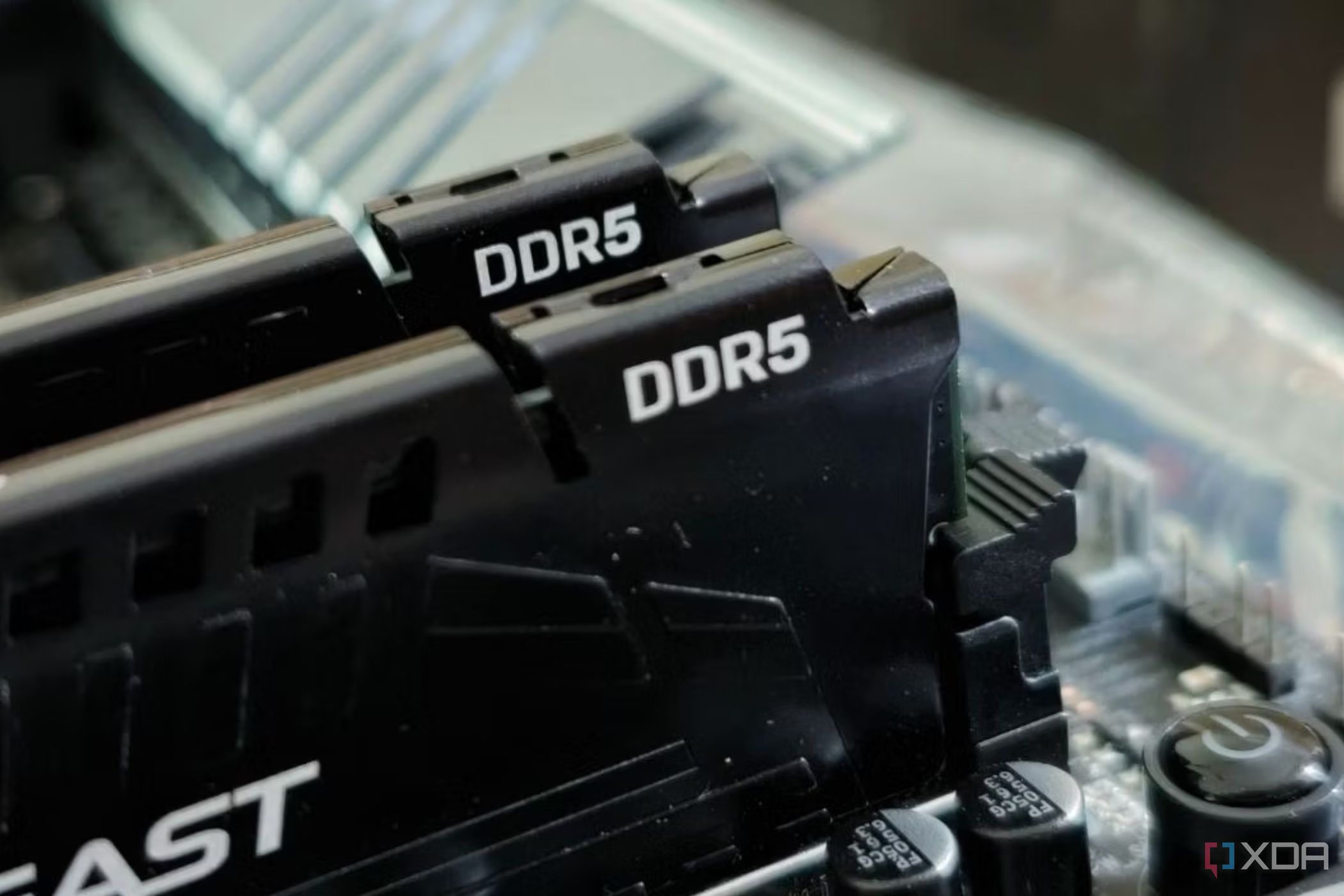











 English (US) ·
English (US) ·